Negative FaceSpace: Exploring The Uncanny Valley
“The doll was so utterly devoid of imagination that what we imagined for it was inexhaustible.......they let themselves be dreamed.” (Rainer Maria Rilke)
The phrase 'uncanny valley' originated in 1970 with the Japanese roboticist Masahiro Mori. He observed that as his robots developed more human-like facial features they tended to elicit feelings of revulsion, creepiness, unease and fear and the concept is now well established in the field of aesthetics. In psychology the term automatonophobia is formally used for the fear of humanoid-looking faces or figures.
A fear of dolls, known as pediophobia (not to be confused with pedophobia, the fear of infants or children) and a fear of puppets (pupaphobia) are subsections of automatonophobia and were first described in the 19th century. This was a time when innovations in toy-making were gaining ground, such as using human hair, eyes that opened and closed, and faces depicting a wider variety of emotional states, thus loosening the psychological barrier between observer and observed. No longer were dolls (and puppets) guaranteed to be perceived as safe abstract renditions of little humans. The edge of the uncanny valley had been reached.
More recently, research has shown that those children and adults with a tendency to be more attuned to potential threats, such as those suffering with neuroticism and anxiety disorders, appear to have a lower threshold to the uncanny valley. Indeed, studies have shown some people to also have an increased tendency to perceive faces in non-humanoid inanimate objects. Interestingly, however, there are further studies suggesting that other primate species do not display any uncanny valley effect; it might be a peculiarly human phenomenon.
And so in this on-going project, I attempt to meld psychological science and aesthetics via photography.
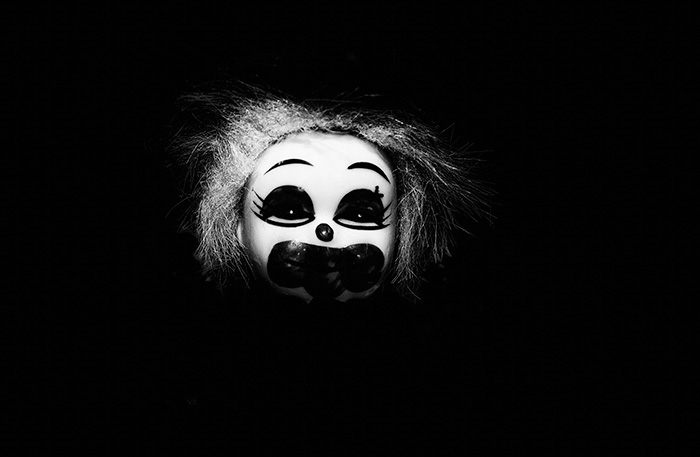
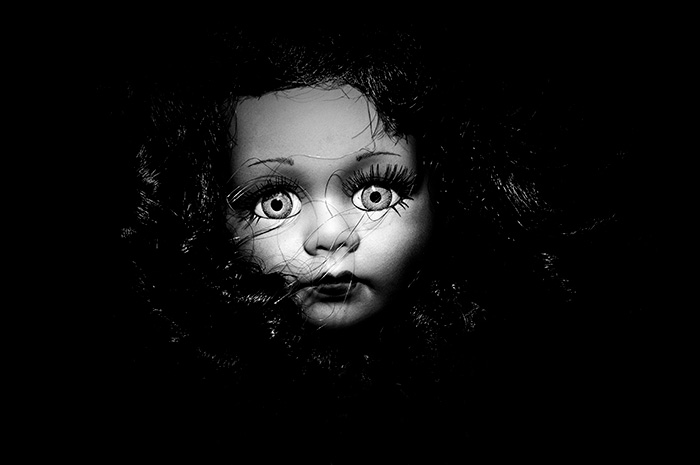
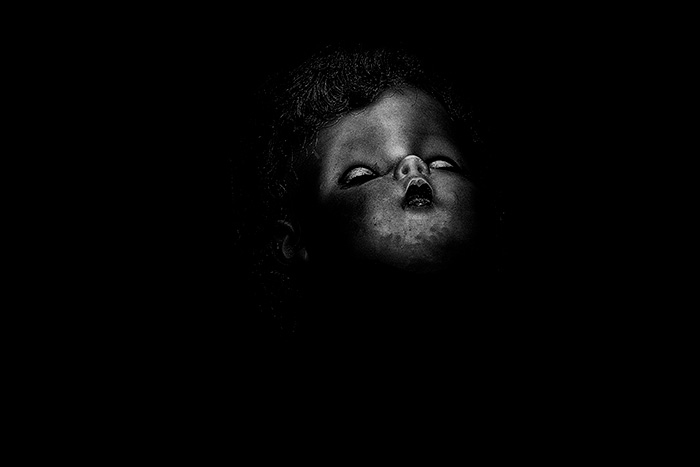
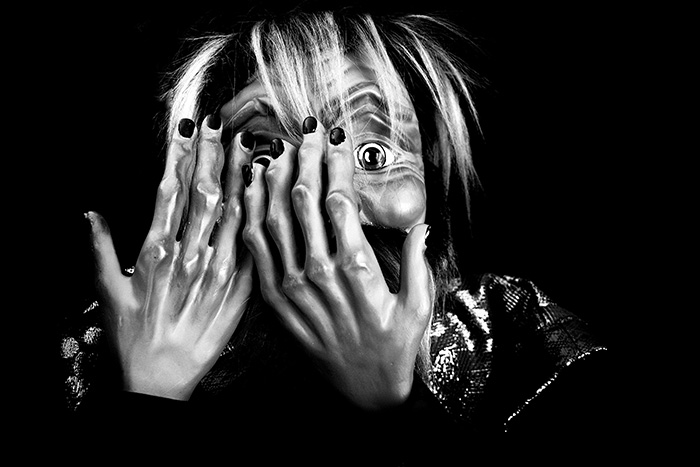
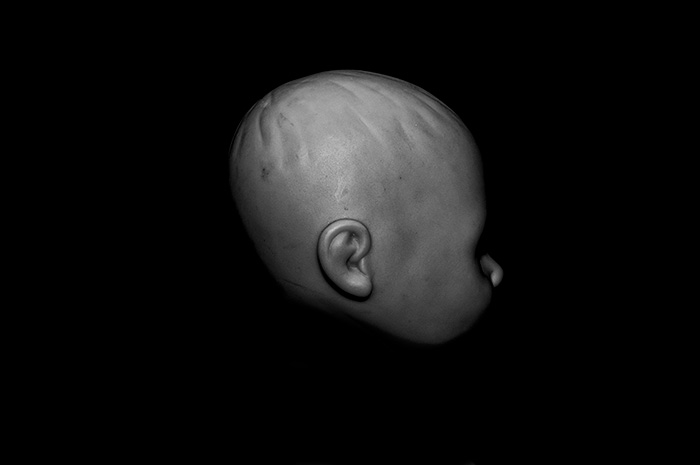
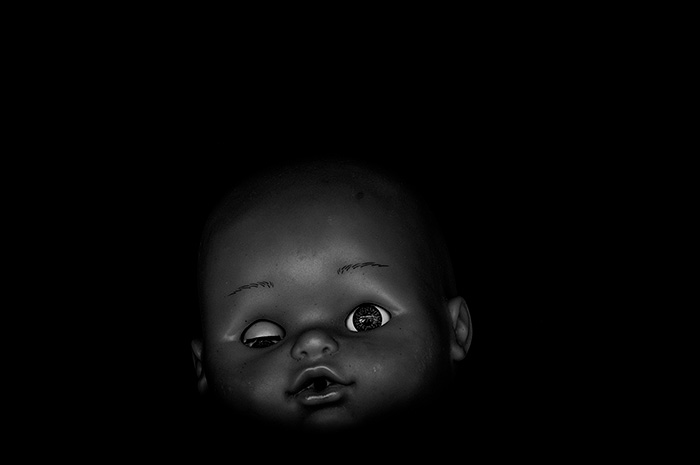
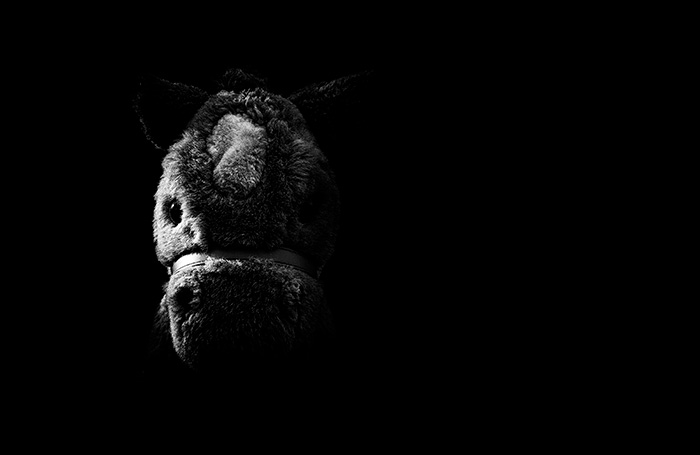
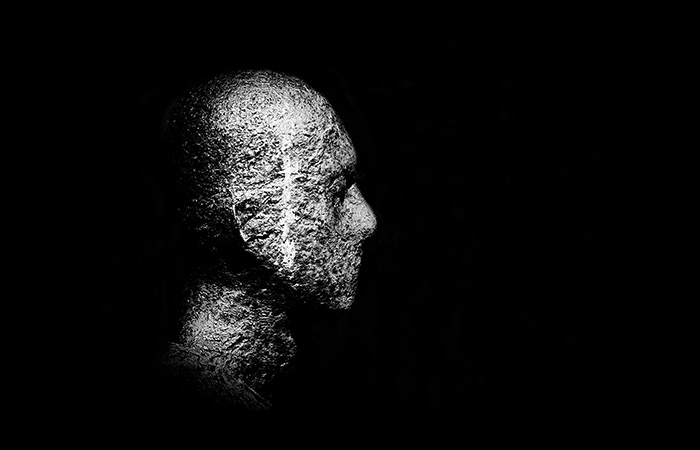
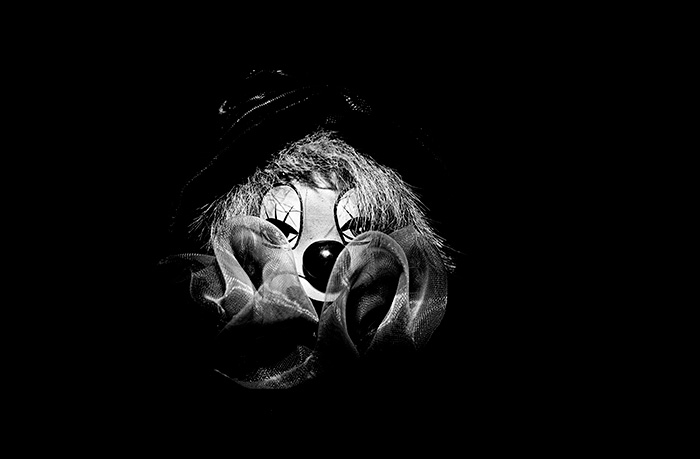
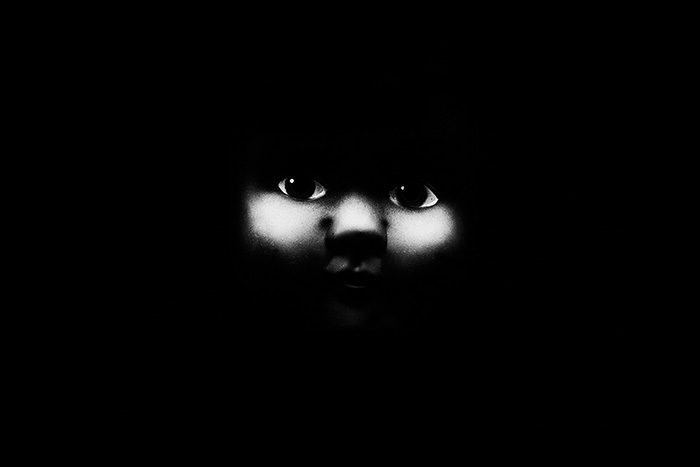
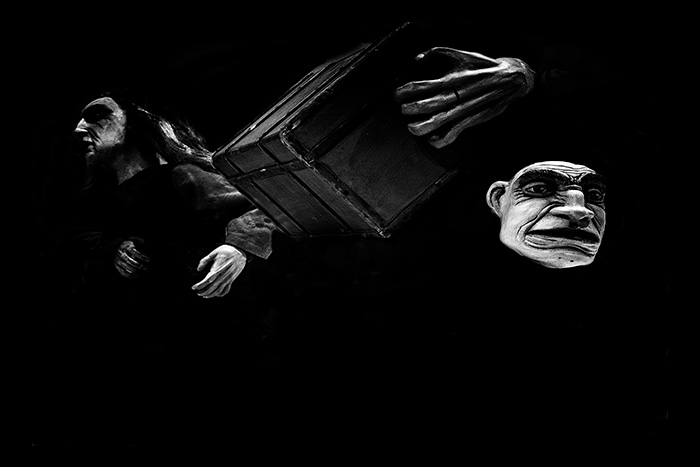
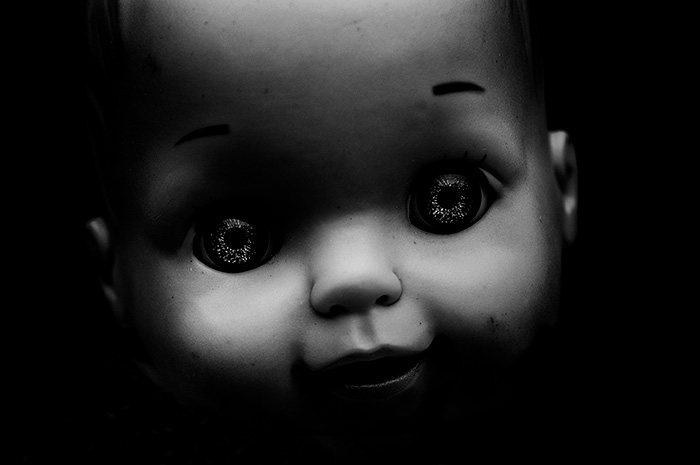
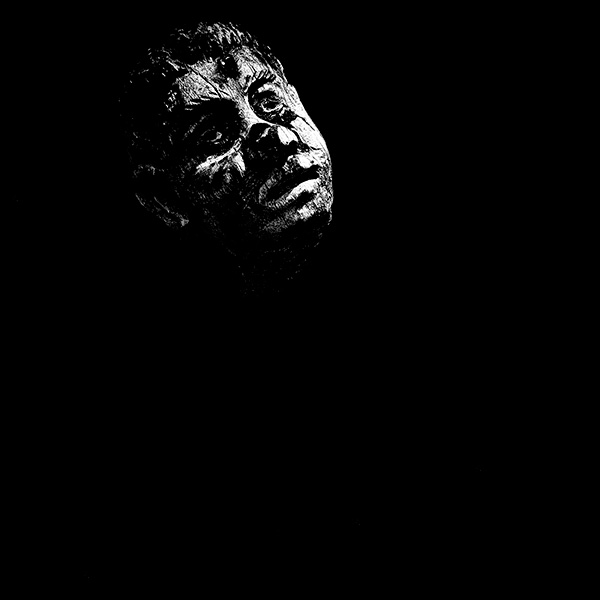
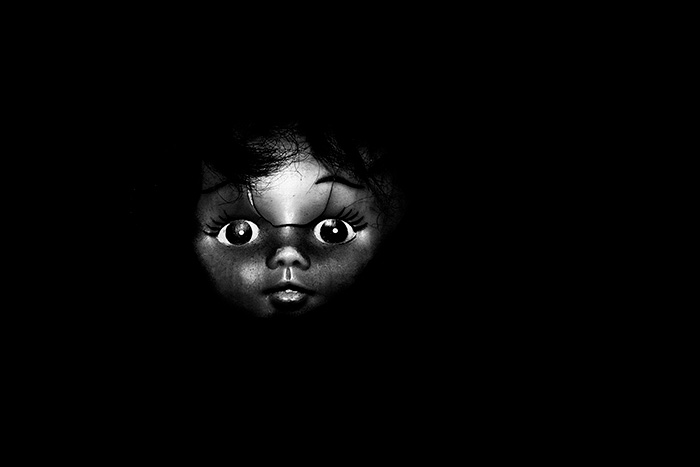
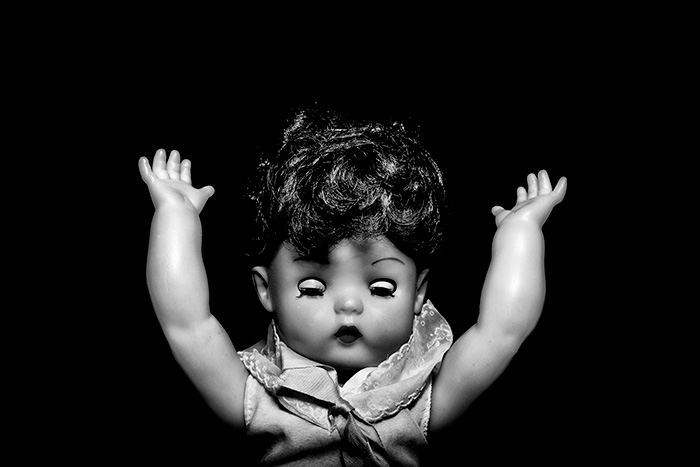
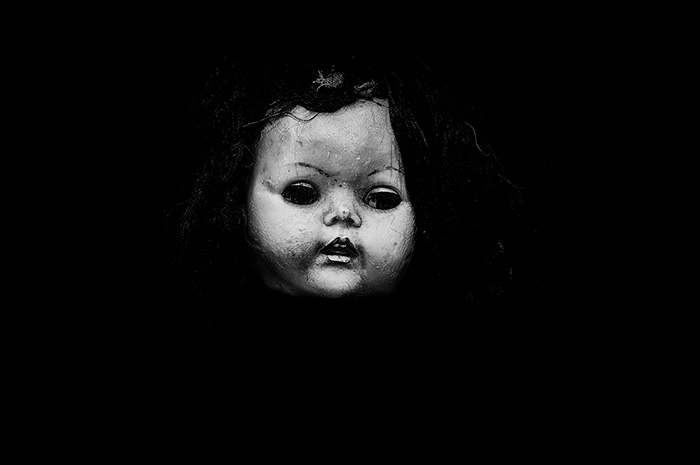
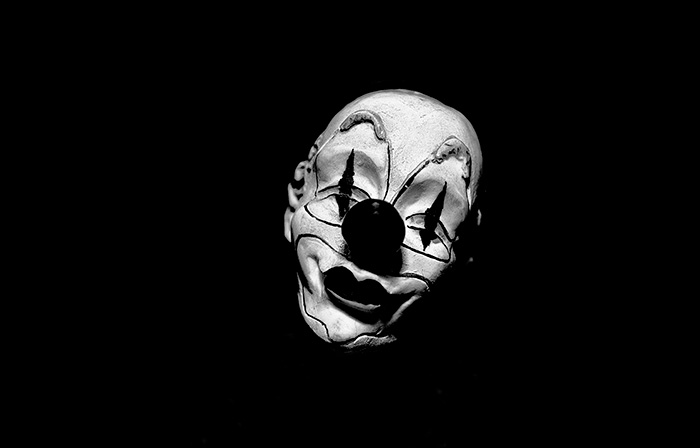
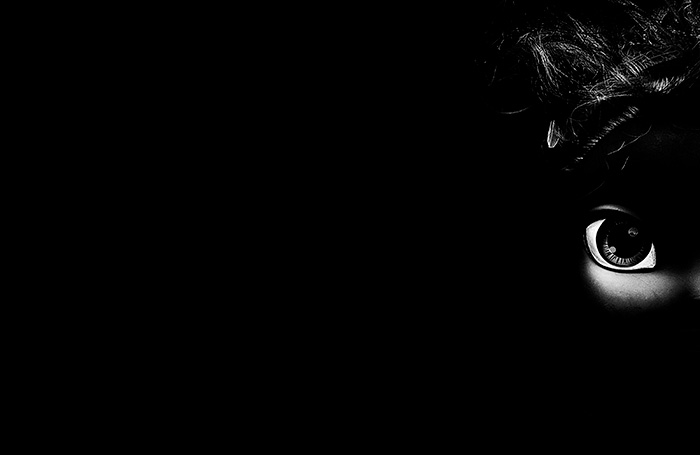
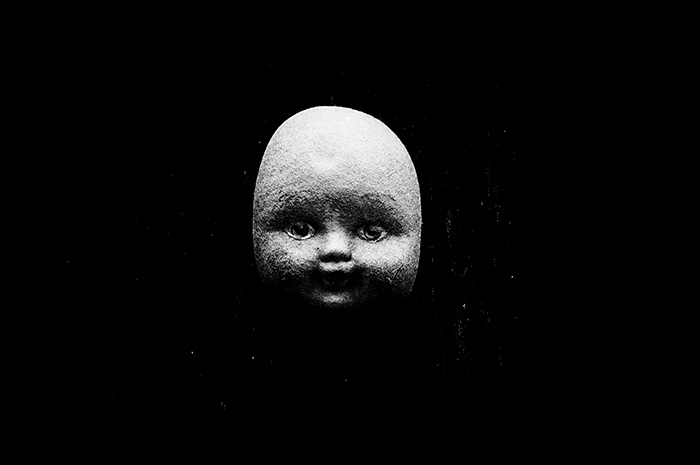
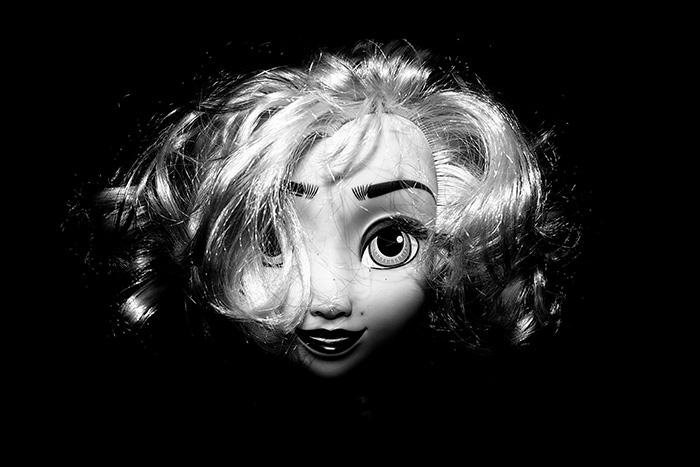
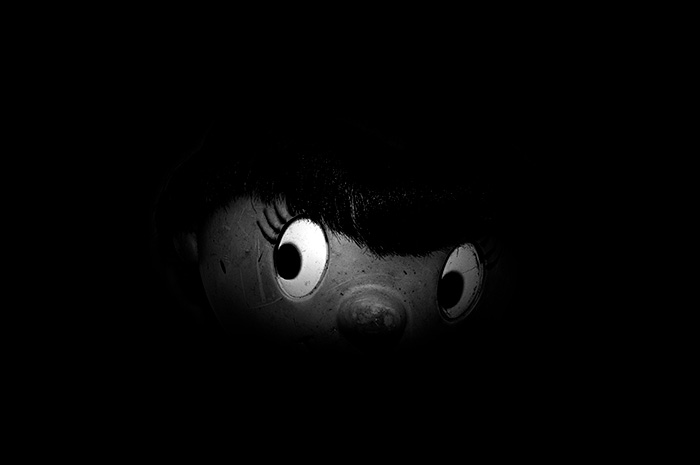
© 2023 Gary Hill. All rights reserved.
